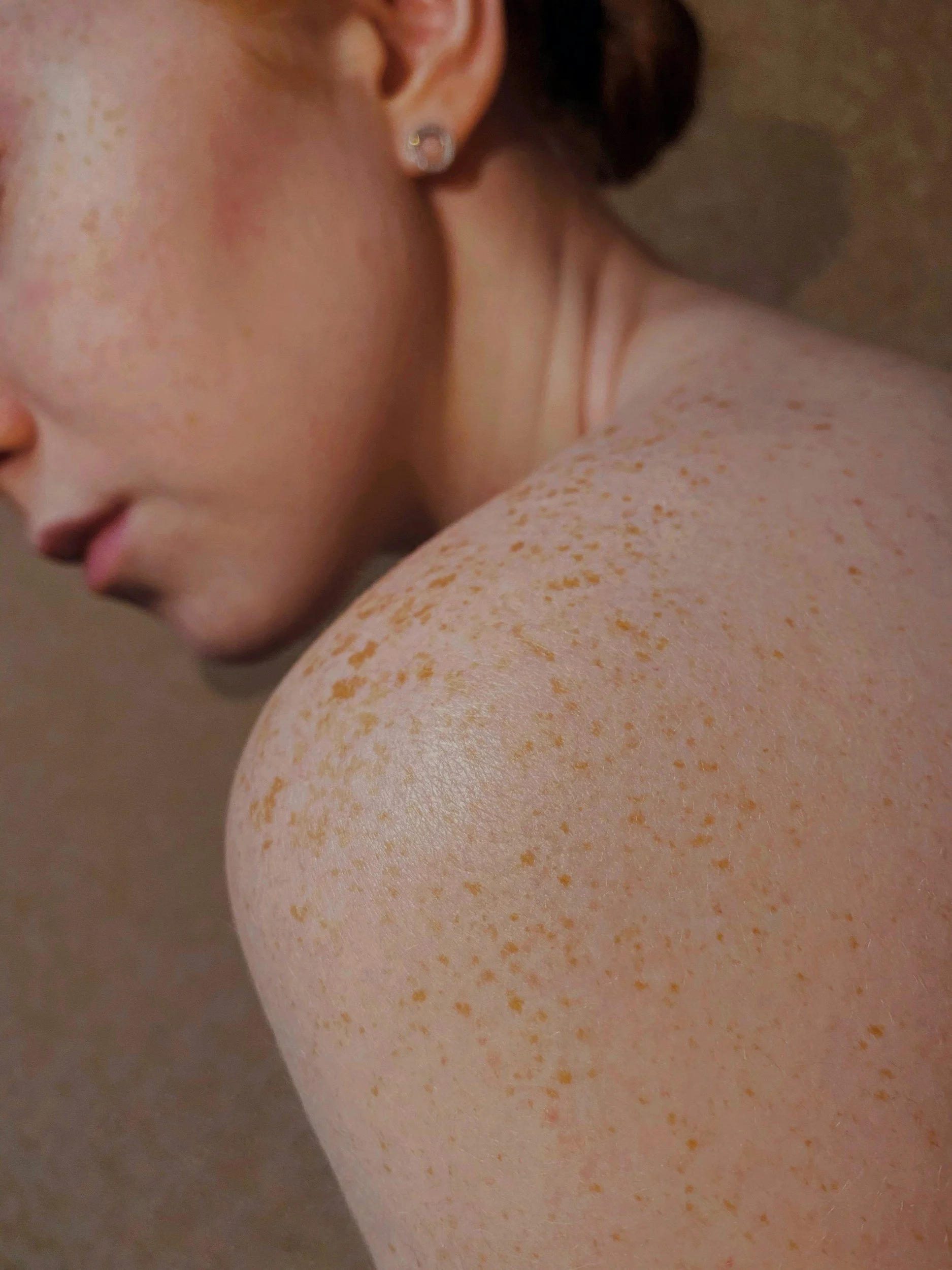
Dermoscopy
Dermoscopy is a handheld magnification device that uses polarized light to reveal pigment structures beneath the surface of the skin—structures that are not visible to the naked eye. This advanced tool helps dermatology providers assess which moles (nevi) may require a biopsy. While dermoscopy does not replace a skin biopsy, when used by an experienced practitioner, it can be a highly effective tool in the early detection of melanoma as well as other skin cancers.
-
Training in dermoscopy varies among dermatologists in the United States, depending on where they completed their residency. Currently, only 30–40% of U.S. dermatologists have a formal training in dermoscopy. In contrast, dermoscopy is widely used in countries like Australia and New Zealand, where melanoma rates are significantly higher, and early detection is critical. These countries have adopted dermoscopy as a standard part of dermatologic care due to its proven effectiveness in identifying skin cancers early.
-
Dermoscopy can be used on all patients. Patients with many moles or a personal and/or family history of melanoma will benefit the most from dermoscopy.
